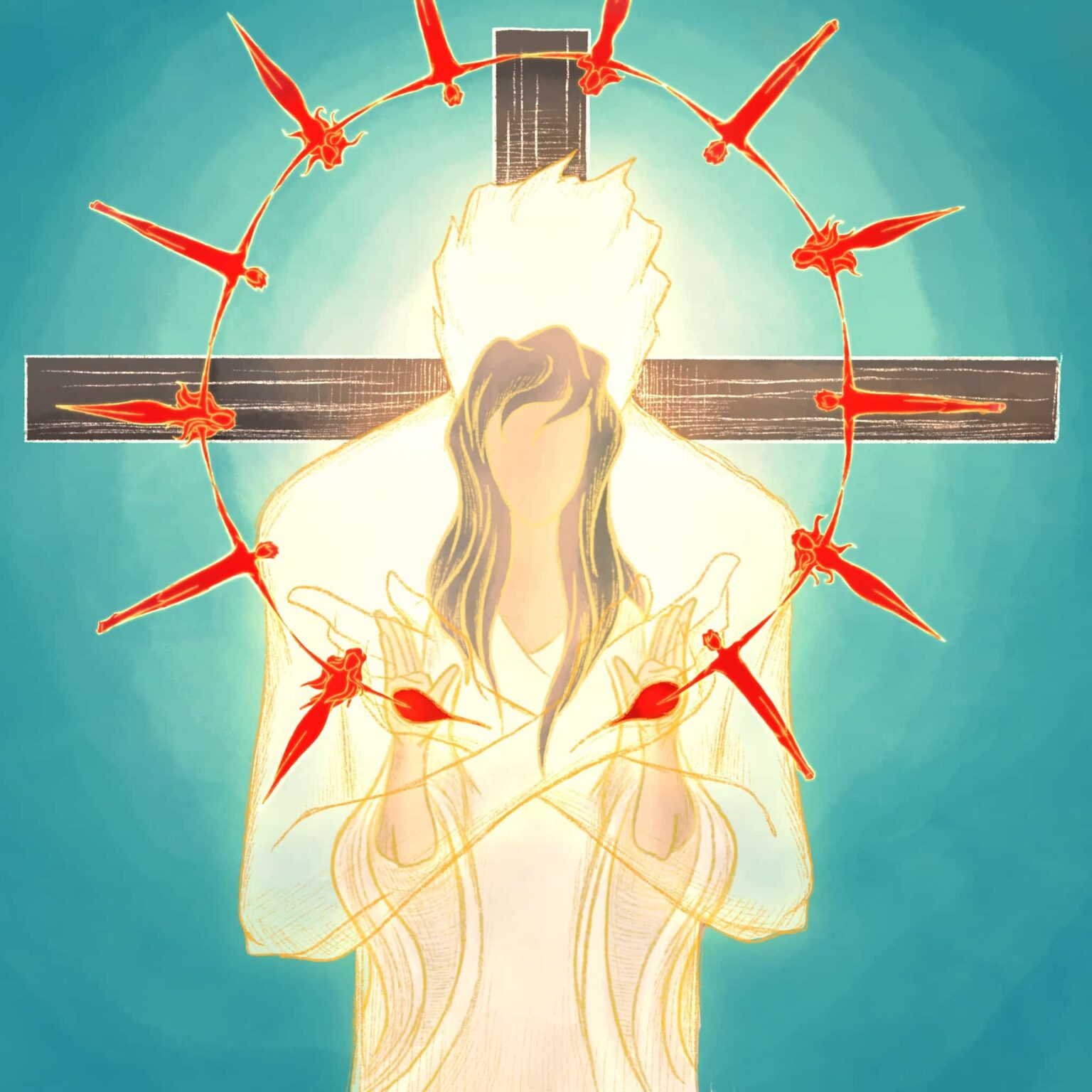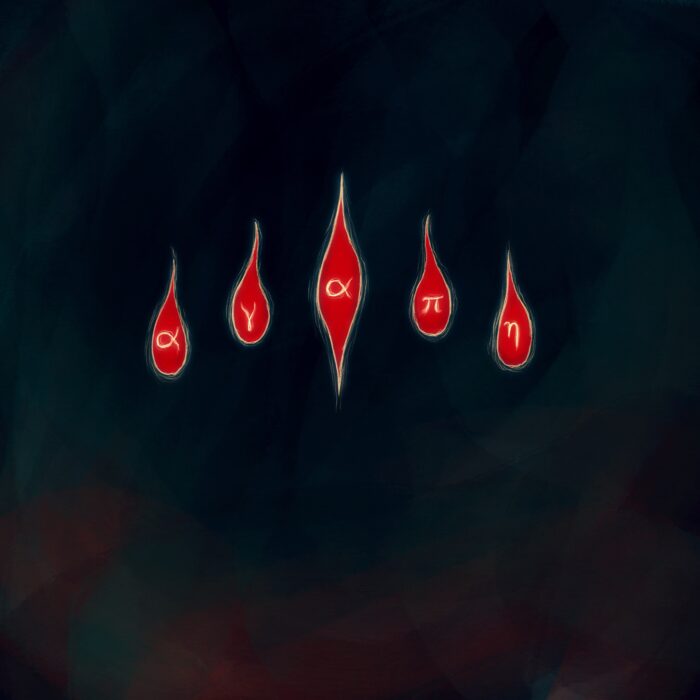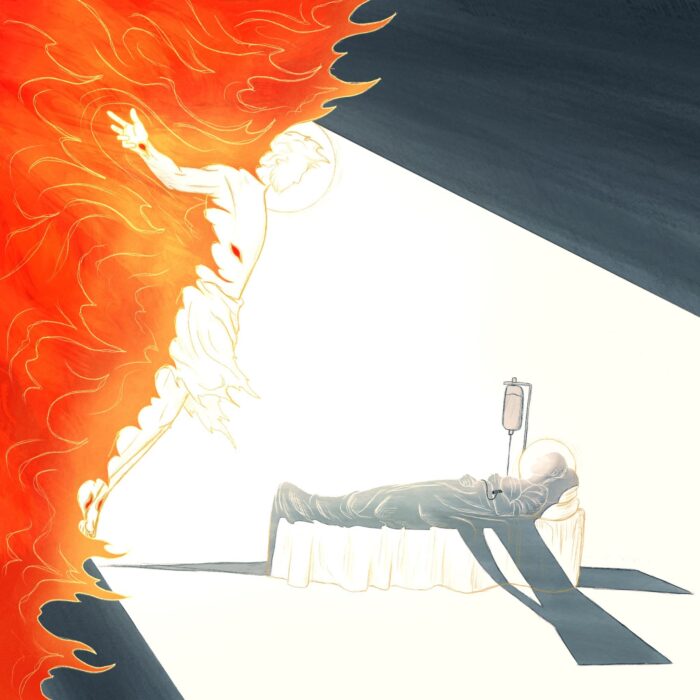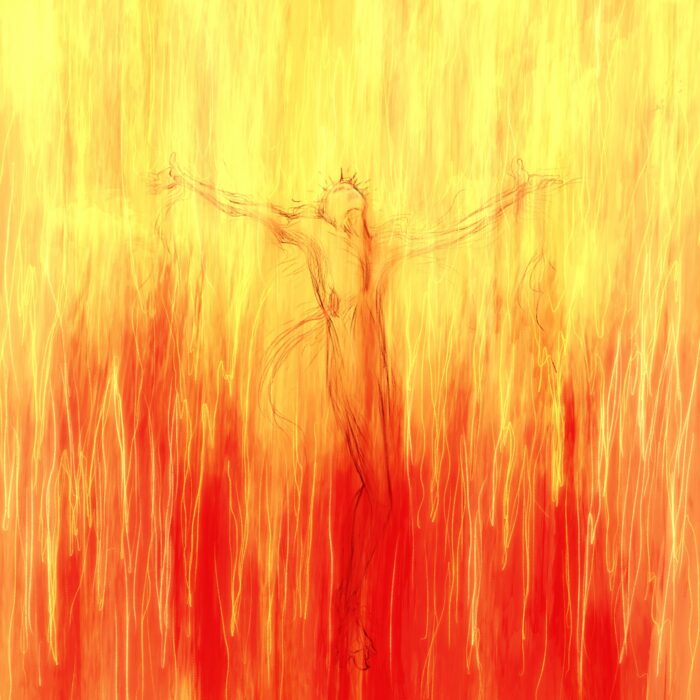“Beloved, let us love one another, for love is from God, and whoever loves has been born of God and knows God. Anyone who does not love does not know God, because God is love. In this the love of God was made manifest among us, that God sent his only Son into the world, so that we might live through him.”
1 John 4:7-9
The Passage Considered
The deepest ground in this passage is the fundamental character of God, namely: love.
As the nature of a seed determines the sort of tree that grows from it, or the nature of a foundation determines the shape and quality of the tower built upon it, similarly the character of the Creator of reality determines what is Good, True, and Beautiful in the reality that He creates. Once we have come to know that God is love, all of reality necessarily changes.
And how do we know God is love? Because we’d like Him to be? No, because He manifests that love in the sending of the Son. In binding humanity to Himself, suffering under our plight, bearing our sin, and swallowing the wrath that we deserve, God the Son has perfectly declared the love of God to creation—the love that God is.
And note, this means that “love” has an objective definition. Love is not a malleable concept that we can mold to our liking, love has a definite shape, and it is cruciform. Yes the “shape” of love is self-giving unto death, and it is a shape that we cannot discern apart from the reality of Love’s War against all that opposes it, aka “wrath.”
At the cross, Love’s Holy War against the enemies of the Beloved is swallowed up into the Beloved so that those same enemies might be loved in the Beloved. And this is love…this whole act is love, and in so being it is the revelation of God which to receive is to live (John 17:30).
This reality—God revealed as fundamentally love in the wrath-absorbing crucifixion of the Beloved—this reality is the overflowing spring of glory that lies at the heart of all John’s theology. And as an out working of that, he calls the disciples of Christ firstly to know themselves as beloved ones (in the Beloved), and secondly—from that place of sure belovedness—to love as they have been loved.
The Picture Explained
That is what I’ve tried to portray in this image. Note that the cross stands behind everything since it is at the crucifixion that God reveals Himself climactically and definitively to the world. All our thinking about God, self, and reality begins and ends here; “the cross of Christ is the…purest theology” (Luther, on Psalm 6:11).
Next notice the risen Christ whose sovereignly wounded hands embrace His Bride with an unshakable and inseparable love (Rom.8:37-39). The Bride is pictured as literally in Christ since it is only by union with Him and hiddenness in Him that she too is the Beloved of God, loved with an infinite self-outpouring even as the Son is loved (John 15:9,13, 17:23).
Note also that the Bride’s hands are lifted to meet Christ’s so that His wounds overlap her own palms. This is an attempt to show that those who have received the dying and rising love of God in Christ will—of Spirit-wrought necessity—join in and embody that same love (1 John 7-8).
Flowing, as it were, from Christ’s own wounds of love is the community of the saints (who are themselves members of the Bride). They are red and in cruciform position to indicate that they are marked by the love of God as defined on Calvary. Their hands are linked to show that their cruciform lifestyle is the means of their unity (1 John 1:7, where “light” is synonymous for “love”), and they form a “halo” around the crucified and risen Christ since, A) the Name of God as manifest in the Son is the gravitational center around which His disciples are united by the Spirit (John 12:32, 16:14, 17:11), and B) the ongoing, Spirit-enabled, Christ-like love of the Church is the present display of God’s glory in Christ on the earth (compare John 1:18 and 1 John 4:12).
Beloved, if God has so loved us, we also ought to love one another…




